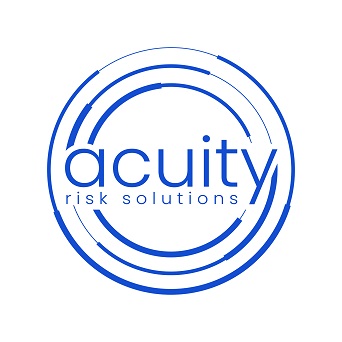Digital transformation through artificial intelligence, automation, data analytics, and cutting-edge technologies are helping shift Australian manufacturers into the fourth industrial revolution. But the benefits of advanced manufacturing come with more significant risks.
Why is manufacturing at risk?
Perhaps the biggest issue is that manufacturing companies don’t consider themselves at risk of a cyberattack. These companies believe they don’t offer much to cybercriminals and tend to see cybersecurity as a non-core function and prefer to focus their resources on boosting their operations instead. However, manufacturers have an abundance of valuable data, including intellectual property, customers’ financial information, and supply chain data, and the continuing digitisation of manufacturing processes and systems means the sector is becoming more vulnerable to cybercrime.
Globally, manufacturing has become a top target for ransomware, and is in the top 10 sectors for cybersecurity incidents and top three for ransomware attacks in Australia in 2020-21. Ransomware attacks often happen on weekends or holidays, giving hackers more time to wreak havoc before their attack is spotted. 2021 also saw a 300% increase in worldwide attacks, boosted by the shift of staff working remotely and accessing company infrastructure through online client portals.
Biggest threats to manufacturing
Apart from ransomware, the top cyber threats to manufacturing include phishing and malware installed through emails, internal breaches, intellectual property theft and supply chain attacks. Your company could experience such threats because of a lack of malware protection, poor password controls, a threadbare cyberattack response plan and insufficient monitoring.
Repercussions of cyber attacks
The consequences of cyber-attacks on manufacturers include your data being compromised, risk of loss of intellectual property and designs/prototypes, and disruption, legal costs, and damage to your reputation.
Protecting your firm
The basic cybersecurity standard for manufacturers hinges upon three elements – regular employee training, security software such as through virtual private networks (VPNs) and third-party audits to help pinpoint missed vulnerabilities. Look at your cybersecurity approach as a lifecycle, not as ‘set and forget’, and continuously assess making your process more effective and cost-efficient. Are there inactive permissions or user accounts you should swiftly change? Should you move your systems onto the cloud?
Consider another prong in your cybersecurity defence – insurance cover. It can help get your operations back online swiftly, recover lost funds, safeguard your supply chain, and more. We’re here to guide you on options to manage the increasing cyber risks for your company.
If you would like to know more about protecting your business from cyberattacks, please CLICK HERE or contact us for more information.

